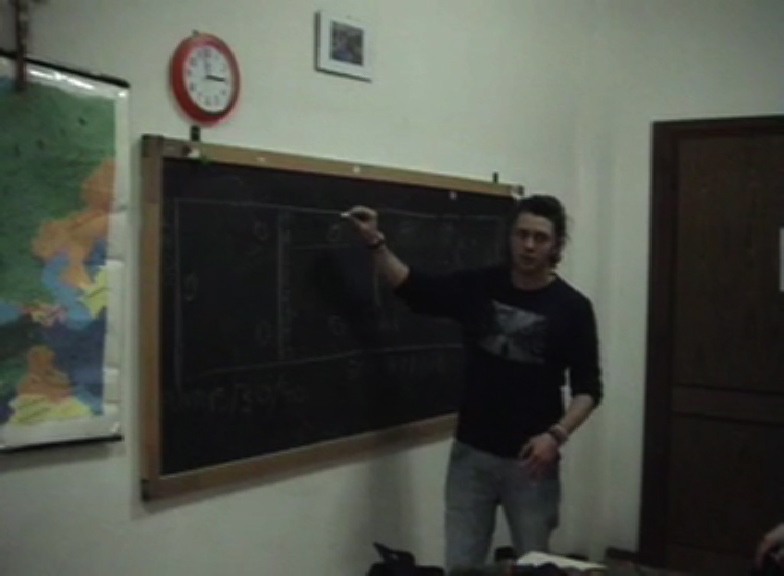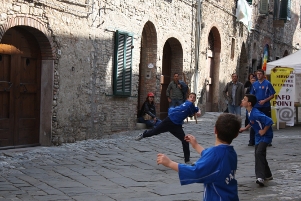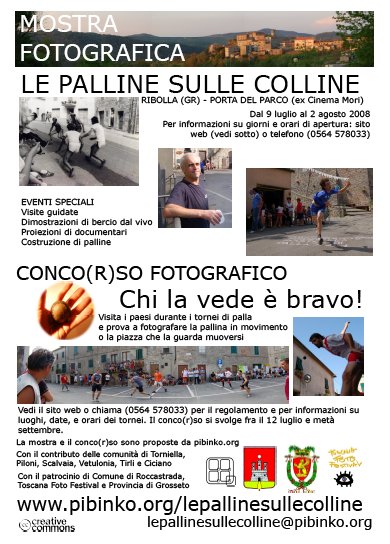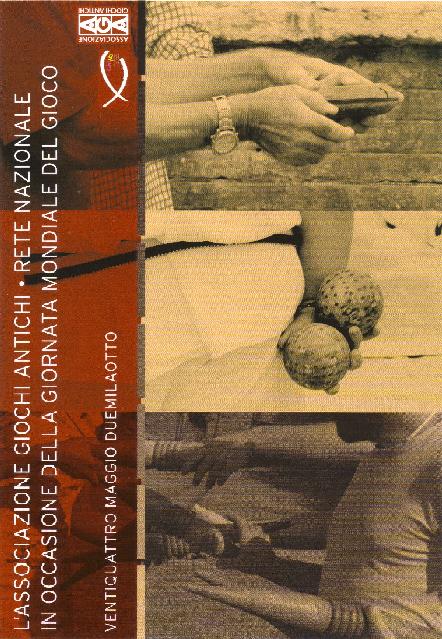[TO BE TRANSLATED]
Alcuni dei partecipanti all’incontro: Palla 21 / Palla Eh!
Gioco antico o risorsa per il futuro? Mettiamoci in gioco!
tenutosi il 10 marzo 2012 a Monticiano (la foto è di Sandra Becucci)
L’incontro, organizzato dal Comune di Monticiano con il supporto dell’Associazione Attivarti.org, ha visto la partecipazione di: giocatori delle comunità di Ciciano, Scalvaia, Torniella, Piloni e Vetulonia, di rappresentanti dei comuni (Castiglione della Pescaia, Chiusdino, Monticiano, Roccastrada) del CONI e dell’Amministrazione Provinciale di Siena, assieme a rappresentanti della Federazione Italiana Palla a Pugno e dell’Associazione Giochi Antichi di Verona.
L’incontro si è svolto sotto l’egida della mostra fotografica “Le palline sulle colline”, visitabile presso il Comune di Monticiano sino al 31 marzo prossimo.



 (photo by Danilo Maurelli)
(photo by Danilo Maurelli)

